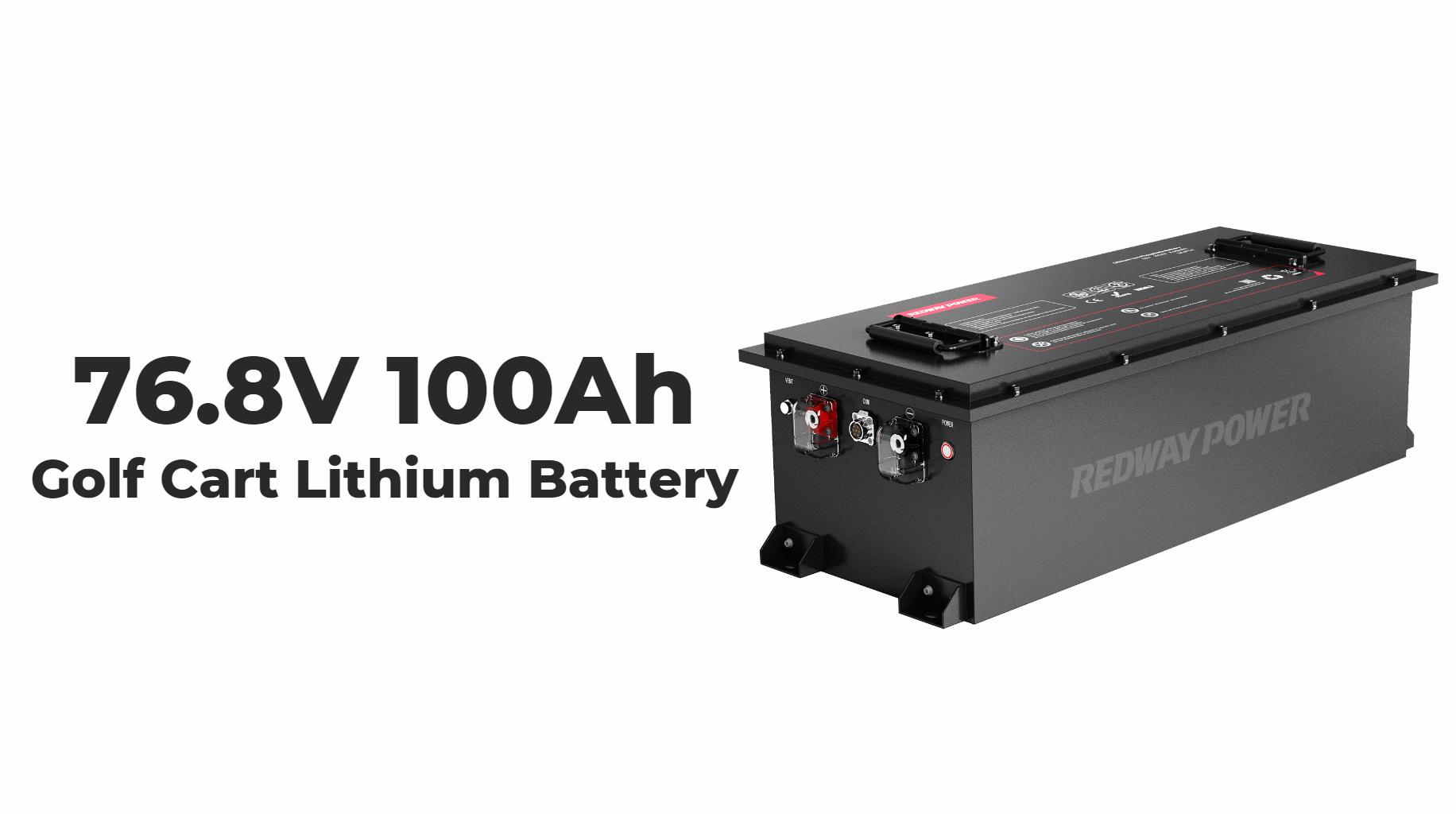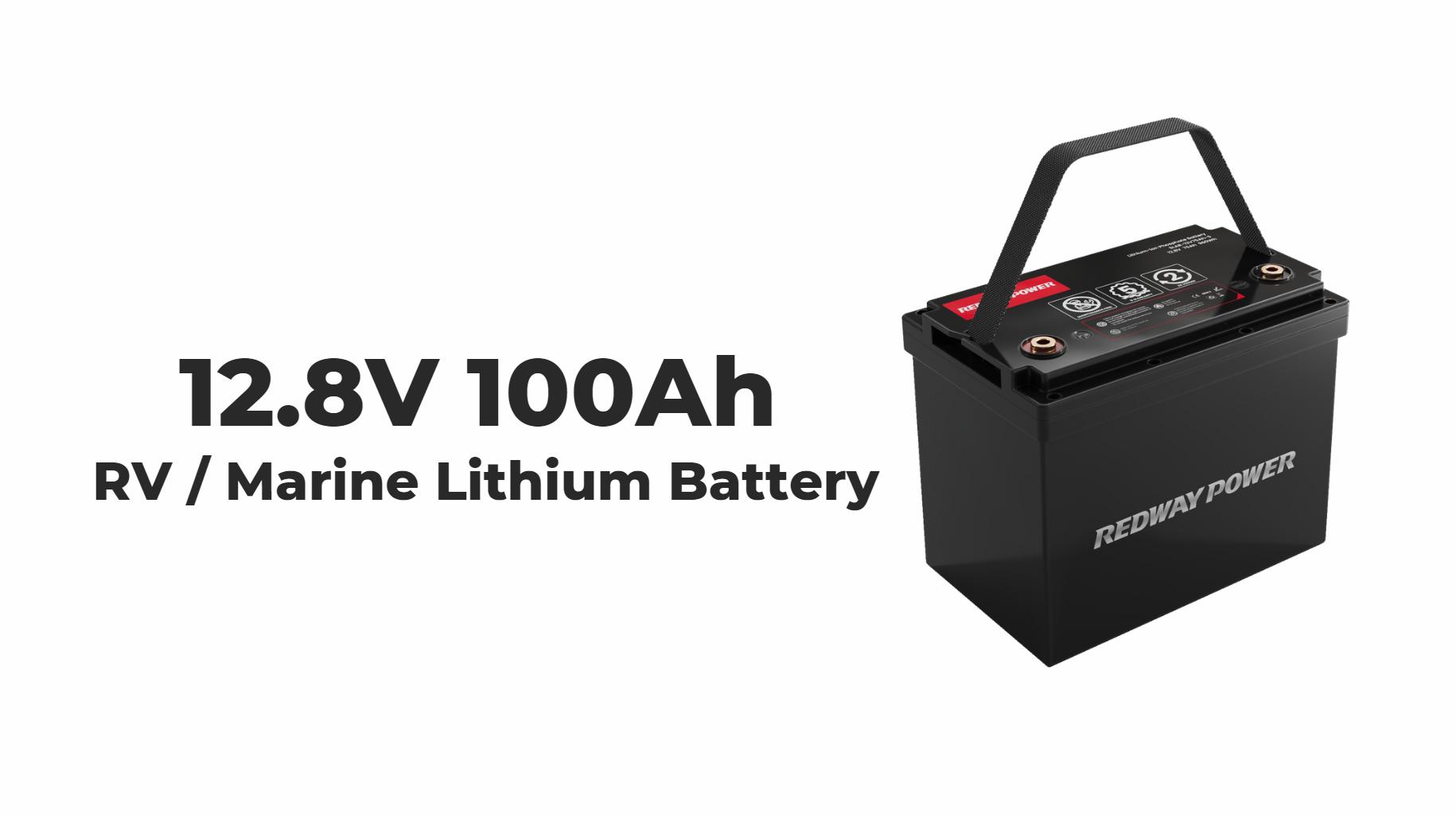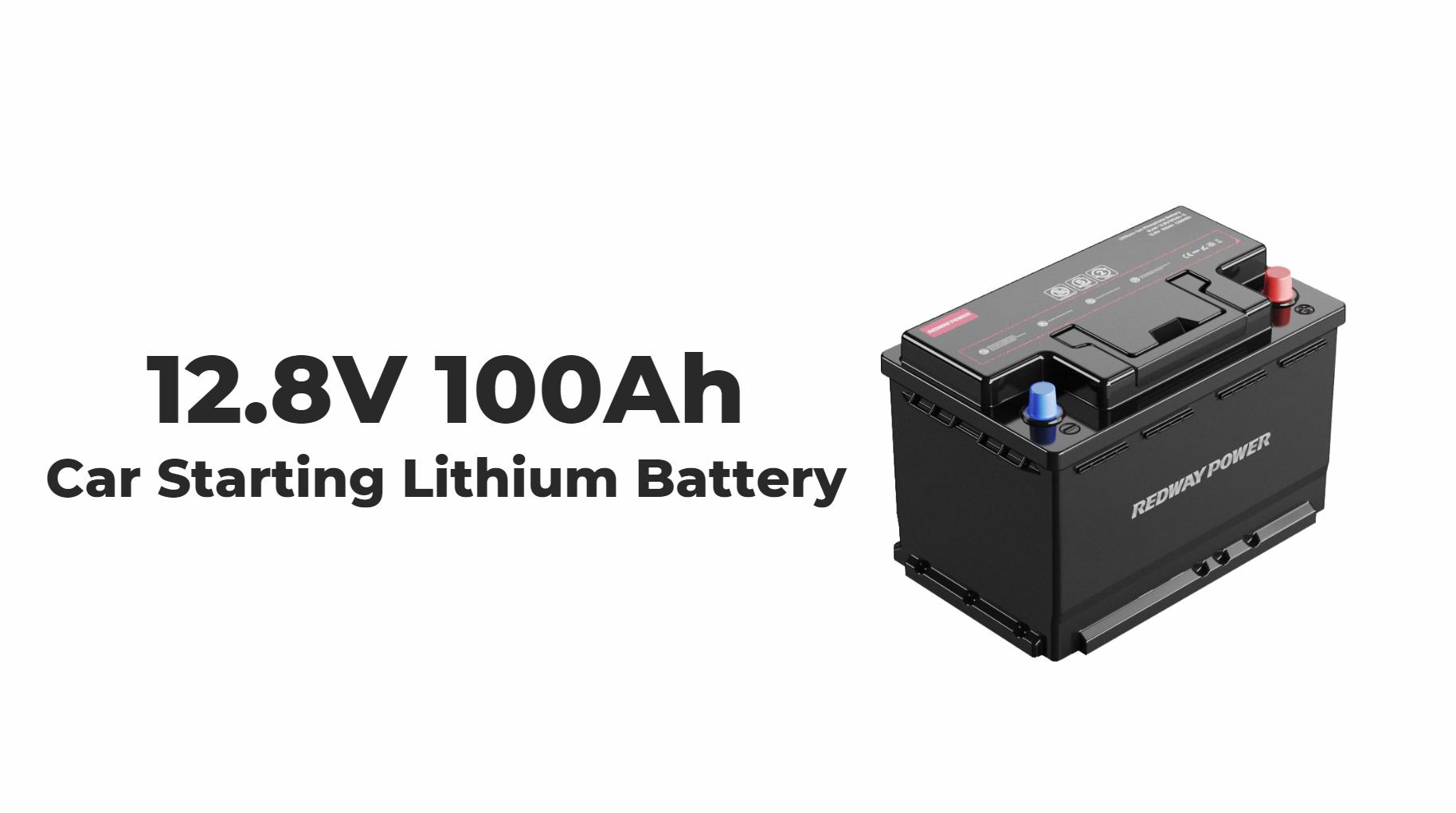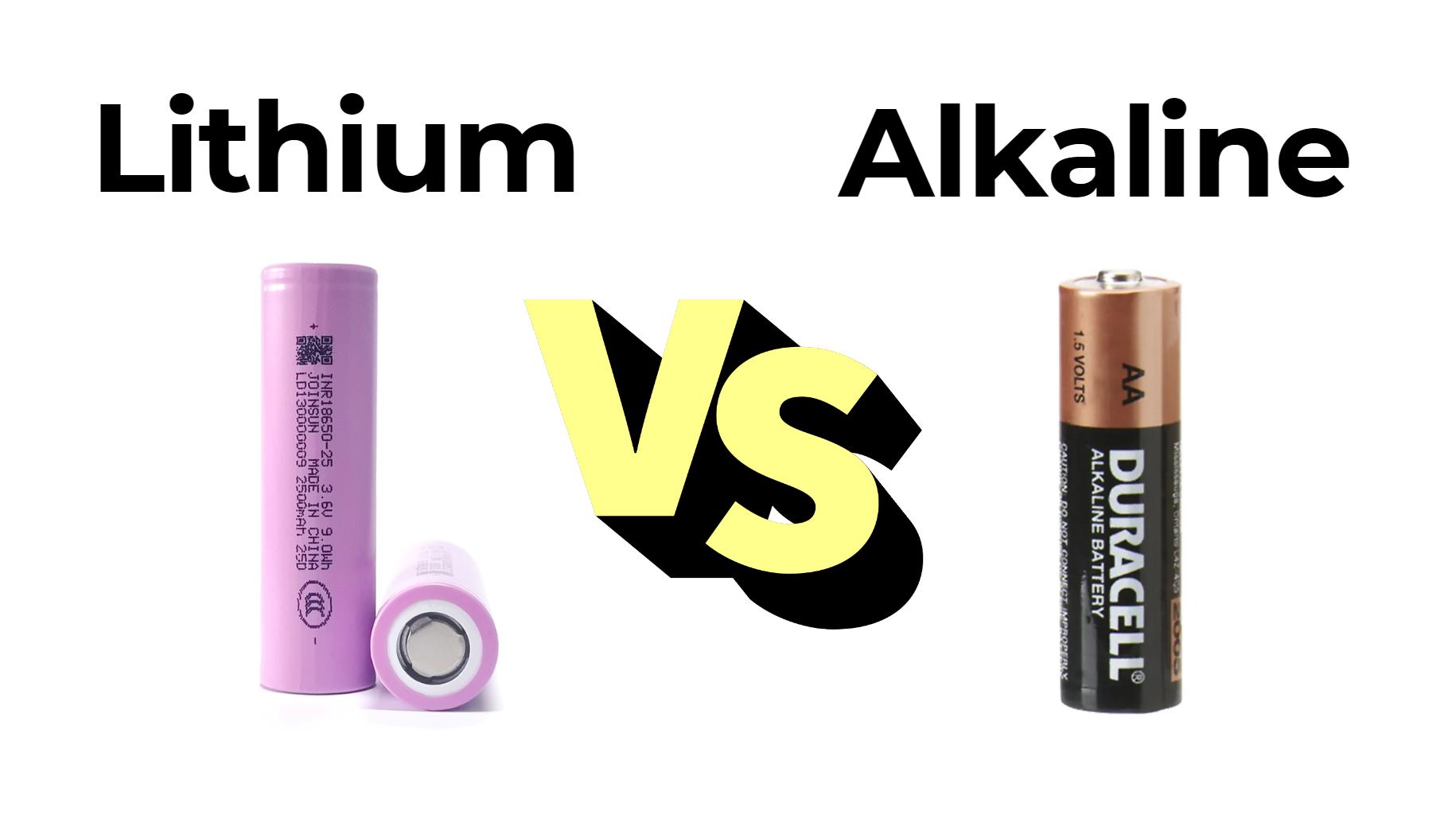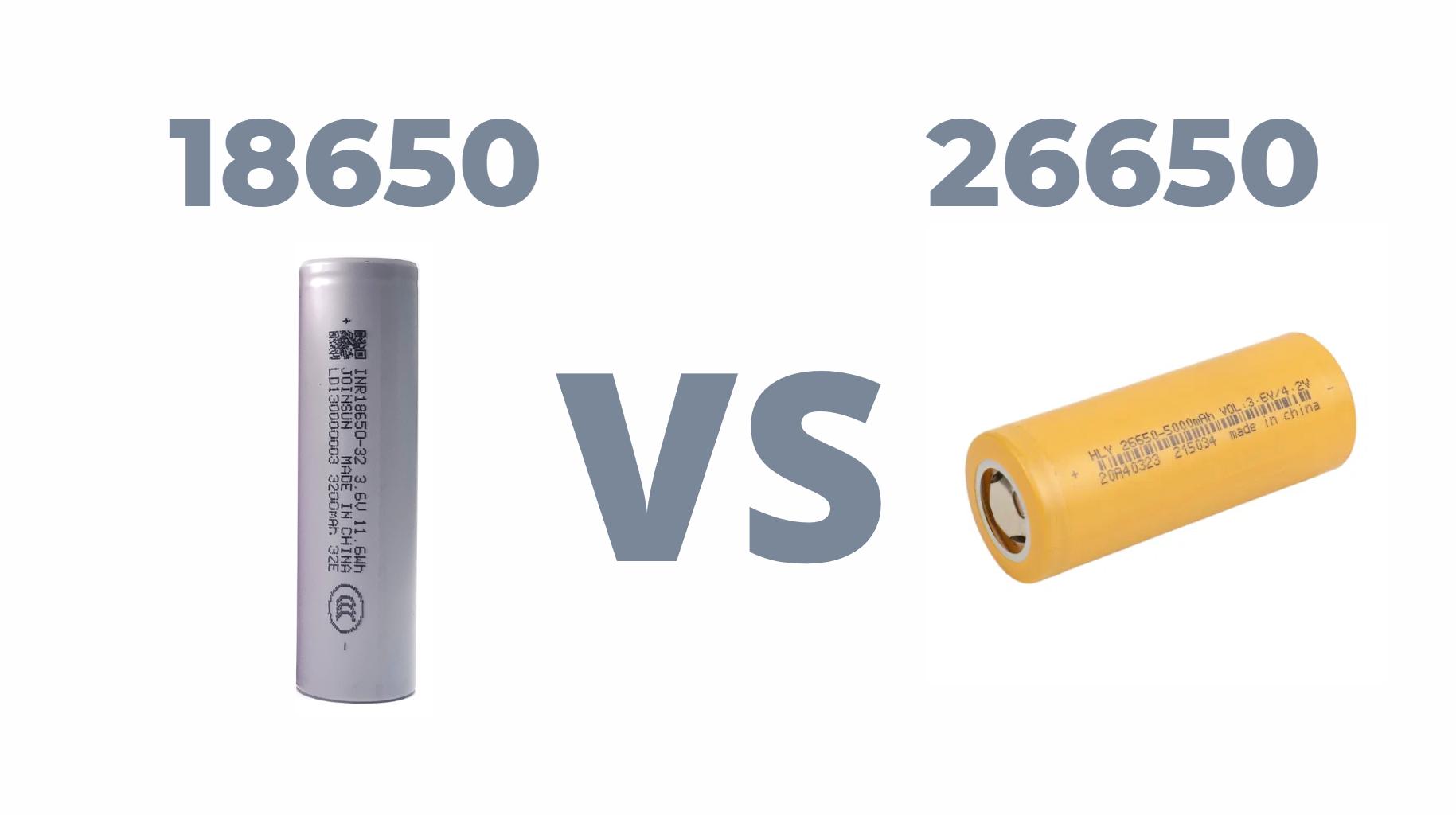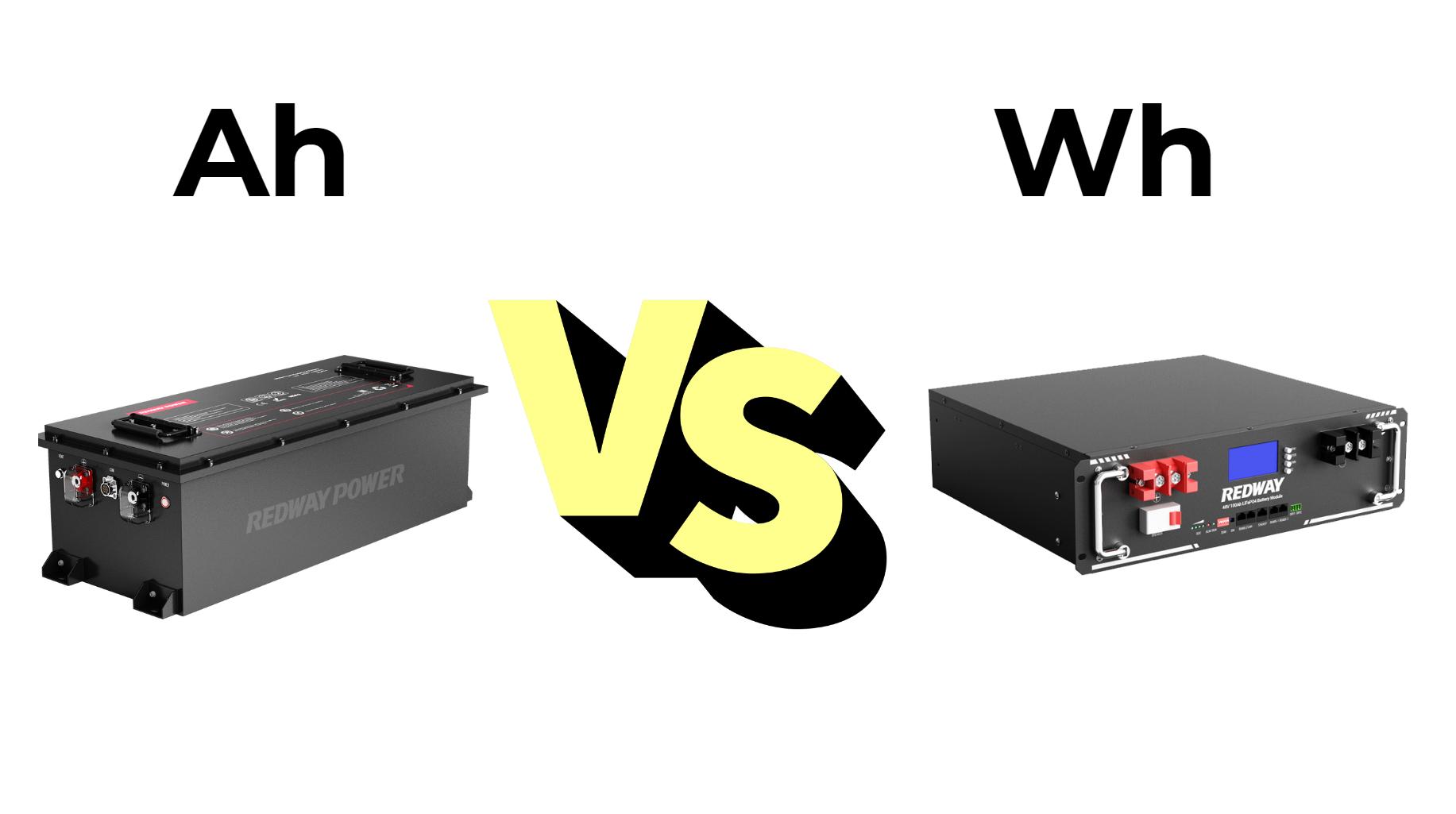Battery Discharge Meaning: What You Need to Know
Battery discharge meaning refers to the process of a battery releasing stored electrical energy to power devices. When a battery discharges, it converts chemical energy into electrical energy, which is then used to operate electronic devices. Understanding what does battery discharge mean is essential for managing battery health and ensuring optimal performance.
Understanding Battery Discharge
What Does Discharging Battery Mean?
Discharging a battery involves the flow of current from the battery to an external circuit. This process continues until the battery reaches a certain voltage level, at which point it may require recharging. The rate of discharge can vary based on the device’s power requirements and the battery’s capacity.
Key Concepts Related to Battery Discharge
- Depth of Discharge (DoD): This term indicates how much of the battery’s capacity has been used. A higher DoD means more energy has been drawn from the battery.
- State of Charge (SoC): This represents the current charge level of the battery, typically expressed as a percentage. For example, a fully charged battery has 100% SoC, while a completely discharged one is at 0%.
- Discharge Rate: This is the speed at which a battery discharges its energy, often measured in amperes (A). Higher discharge rates can lead to quicker depletion of the battery’s charge.
Common Battery Discharge Scenarios
- Everyday Devices: In smartphones and laptops, batteries discharge when powering applications and performing tasks.
- Electric Vehicles: EV batteries discharge during operation, providing energy to the motor and other systems.
- Renewable Energy Systems: Batteries connected to solar panels discharge stored energy during periods without sunlight.
What Does Battery Discharge Warning Mean?
When you see a battery discharge warning, it indicates that your device’s battery is running low on power and needs recharging soon. Ignoring this warning can lead to unexpected shutdowns or data loss. It’s crucial to understand what this warning entails and respond promptly.
Latest News
- Advancements in Battery Technology: Recent innovations in lithium-ion technology have significantly improved discharge rates and overall efficiency.
- Focus on Sustainable Energy Solutions: As renewable energy sources become more prevalent, efficient battery discharge management is essential for maximizing energy use.
- Growing Demand for Electric Vehicles: The rise in electric vehicle adoption has heightened interest in understanding battery discharge characteristics for better performance.
Redway Expert Comment
“As experts at Redway Power, we emphasize the importance of understanding battery discharge meaning for effective battery management. Knowing what does discharging battery mean helps users optimize performance and extend lifespan. Our lithium LiFePO4 batteries are designed for superior discharge efficiency, catering to diverse applications from golf carts to traction systems.”
Impact of Battery Discharge on Performance
The way a battery discharges can significantly affect its lifespan and performance:
- Cycle Life: Frequent deep discharges can reduce a battery’s cycle life, leading to premature failure.
- Temperature Effects: High discharge rates can generate heat, potentially damaging the battery if not managed properly.
- Voltage Levels: Maintaining proper voltage levels during discharge is crucial for device functionality and longevity.
Best Practices for Managing Battery Discharge
To ensure optimal performance and longevity of your batteries:
- Avoid Deep Discharges: Try not to let batteries drop below 20% charge whenever possible.
- Regular Charging: Keep batteries charged regularly to maintain their health and efficiency.
- Monitor Temperature: Ensure that batteries are kept within their recommended temperature ranges during use and storage.
Conclusion
In conclusion, understanding what does battery discharge mean is vital for anyone using electronic devices powered by batteries. By recognizing the implications of battery discharge, users can make informed decisions about charging practices and device usage. Whether it’s for smartphones, electric vehicles, or renewable energy systems, being aware of how batteries function will enhance performance and reliability.
FAQs
How does battery discharge impact the overall performance of a LiFePO4 battery?
Battery discharge impacts the performance of a LiFePO4 battery by influencing its efficiency and longevity. High discharge rates can lead to increased heat generation, potentially damaging the battery’s internal components and reducing its overall capacity over time. Maintaining an optimal discharge rate is crucial for maximizing performance and lifespan.
What are the signs that indicate a battery is discharging too quickly?
Signs of a LiFePO4 battery discharging too quickly include rapid drops in voltage, excessive heat during operation, shorter run times than expected, and unusual behavior in connected devices. Additionally, if the battery frequently triggers low-charge warnings, it may indicate a discharge issue.
How can I extend the lifespan of a LiFePO4 battery during discharge?
To extend the lifespan of a LiFePO4 battery during discharge, avoid deep discharges by maintaining the state of charge between 20% and 80%. Use a suitable battery management system (BMS) to monitor performance, and avoid exposing the battery to extreme temperatures. Additionally, implementing gradual discharge rates can help preserve battery health.
What are the best practices for maintaining LiFePO4 batteries to prevent discharge issues?
Best practices for maintaining LiFePO4 batteries include regular monitoring of charge levels, using a compatible charger, keeping the battery within its recommended temperature range, and performing periodic maintenance checks. Ensure connections are secure and avoid leaving the battery in a fully discharged state for extended periods.
How does the discharge rate of LiFePO4 batteries compare to other battery types?
LiFePO4 batteries have a relatively high discharge rate compared to other lithium-ion batteries, making them suitable for applications requiring significant power output. They typically support continuous discharge rates of 1C to 3C, meaning they can safely discharge their capacity in one to three hours, which is advantageous for many high-drain applications.

